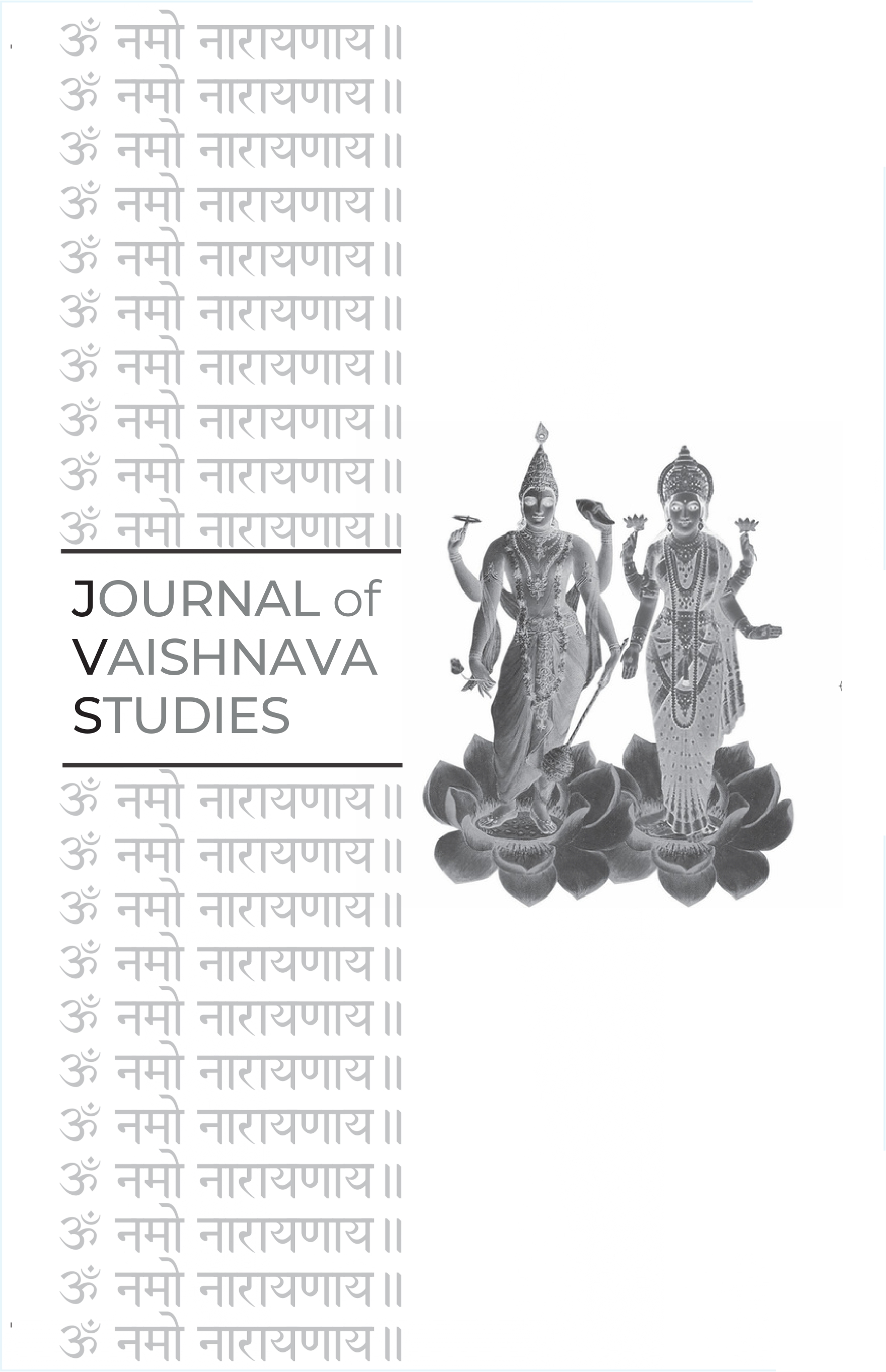Advaita and Dvaita: Bridging the Gap
Keywords:
Advaita Vedānta, Dvaita Vedānta, Śaṅkara, Madhva, Ramakrishna, Vedāntic pluralism, metaphysical diversity, Hindu philosophy, reconciliation, mokṣaAbstract
Jeffrey D. Long’s "Advaita and Dvaita: Bridging the Gap" explores the enduring philosophical tension between nondualistic Advaita Vedānta and dualistic Dvaita Vedānta, probing whether reconciliation—or at least deeper mutual understanding—is possible between these metaphysical rivals. Taking Śaṅkara and Madhva as the principal exponents of their respective schools, Long outlines their sharply divergent views on selfhood, divinity, and liberation, while also acknowledging shared commitments to the authority of Vedāntic texts and the pursuit of mokṣa. The article then introduces the philosophy of Śrī Ramakrishna as a possible mediating perspective. Long argues that Ramakrishna’s experiential pluralism, which affirms both personal and impersonal conceptions of the divine, offers a non-reductive framework for integrating the insights of both schools. Rather than proposing a logical synthesis, Long suggests that the phenomenological range of spiritual realization—as evidenced in Ramakrishna’s mystical experiences—can validate diverse Vedāntic approaches as complementary pathways within a broader, theologically spacious Hindu pluralism.Published
2008-06-20
Issue
Section
Articles





